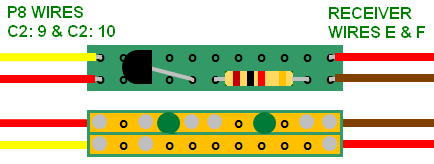Eric, thanks, I read the “manuals” I could find on CVP and no mention of re-configuring The t9000 or t5000… I’d like a link to something if you have it…
Of course it’s clear we are just controlling the function commands sent by the throttle.
Paul, yes, clear about reassigning the Phoenix mapping between functions and what DCC functions operate them… the question here was to change the behavior of the throttle sending the commands from latched to momentary… from your statement, it infers that you have only latched functions on the AirWire throttle for the volume commands to the Phoenix.
Trying to find a more elegant and easy to use solution.
Greg
